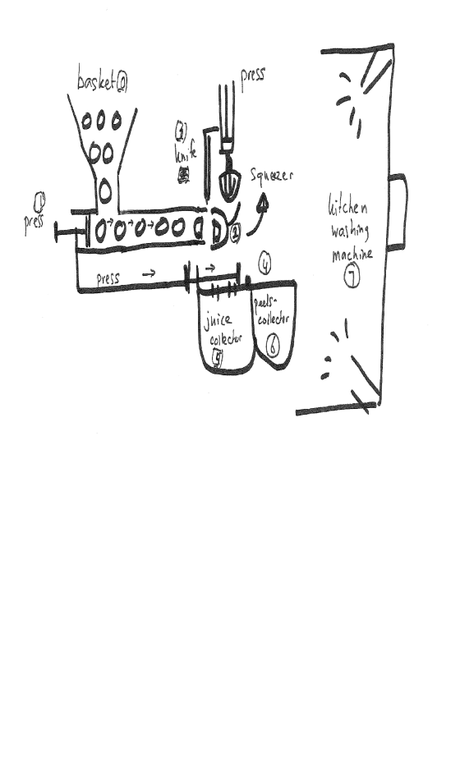Leonardi da Vinci was the first to write about the importance of introducing random and chance events to produce variation in one’s thinking patterns. Random words are a powerful technique that is easy to use. This method is often used when people need to create new ideas. A random word can be used to simulate new ideas, help to break thinking pattern, and create new connections.
Artists can use a visual random approach to create a piece of art. Pablo Picasso identified parts of human faces and then changed the sizes and the way these parts were put together to create a face. This approach resulted in portraits where the person is seen both in profile and from the front.
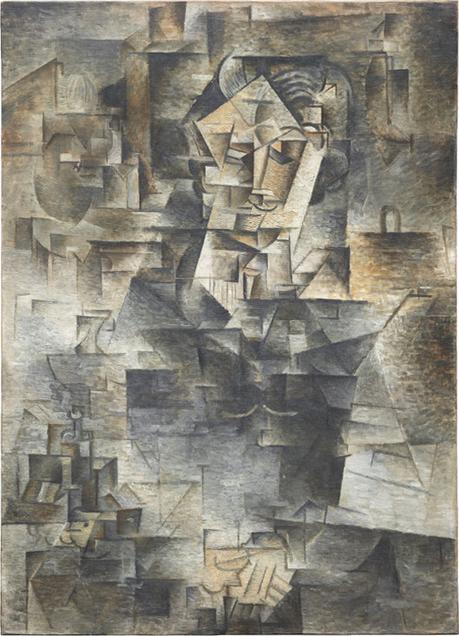
Painting By Pablo Picasso – Website of the Art Institute of Chicago, PD-US, https://en.wikipedia.org/w/index.php?curid=20647869
What if this approach was used to make a drawing of a dog?
In a video by the artist and creative workshop instructor Carla Sonheim, you could start making a painting of a dog by cutting out the following six dog parts:
a. an eye
b. a second eye, three times larger than the first
c. a nose or a snout
d. an ear
e. a tail
f. a leg or a paw
After this, you draw six random dots on a piece of paper and then you glue two parts of the dog onto the paper. Then you turn the paper 90 degrees and you glue down another two parts. Finally, you turn the paper again and glue the remaining two body parts. This approach helps to break your “thinking pattern” about what a dog should look like. You are placing the parts at random and without relations.
Now the fun bit starts, where you twist and turn the paper and really look and try to “see” a dog. When the dog emerges you grab a crayon and add lines to finish it. Here you are trying to take the new configuration as a way to re-interpret the standard way of drawing and seeing a dog. A provocation to help you move forward.
Finally, you evaluate your creation and improve upon it.
We used a similar approach to re-design an orange juice machine.
- Identify the (functional) parts of the object, go here and here to read about juice machines.
An orange machine works as follows:
- a feeder introduces the fruit into the system
- the kitchen knife cut the fruit in two
- both halves are squeezed
- the juice is collected
- the peels are sent to the trash can.
- the juice is collected in a glass
- the machine cleans itself

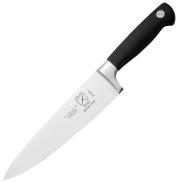
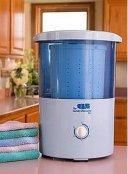
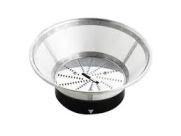
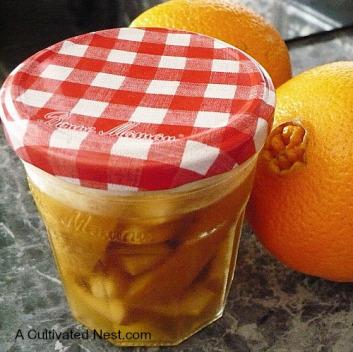
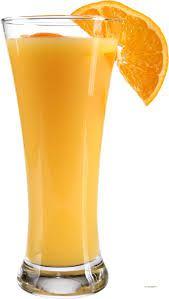
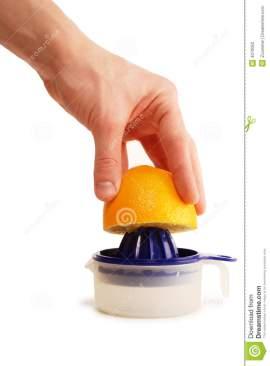
Images are randomly glued onto a paper and search for a new way of squeezing oranges begins.
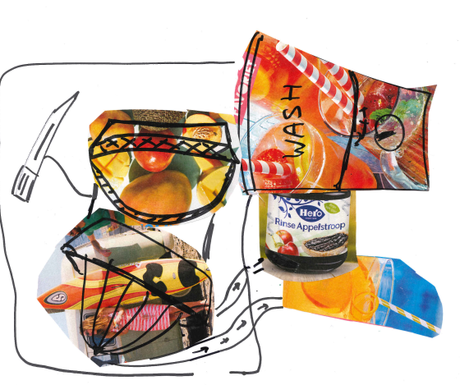
The image is improved upon and modified.
- the oranges are collected in a basket
- the oranges proceed through a horizontal tube
- at the end of the tube, the orange will be pushed to the spherical end
- then they will be guillotined
- the juice and the peels are collected on a plate
- the juice will leak away to a compartment below through holes in the plate
- the peels will be shifted off the plate and will fall in a peels collector
- the washing machine will then cover and clean the installation
What can you improve upon or invent using a similar approach? What about an eco-friendly car wash? A potato chip machine? Or. . .
